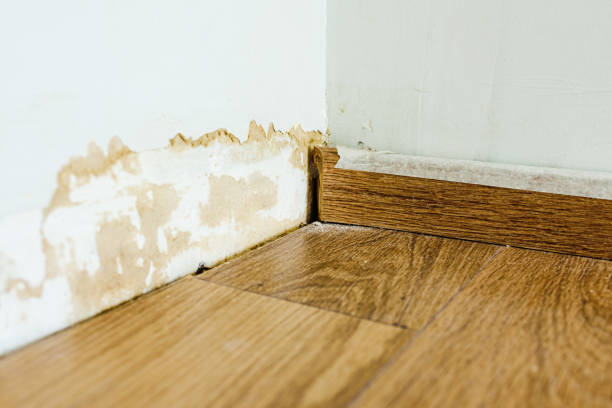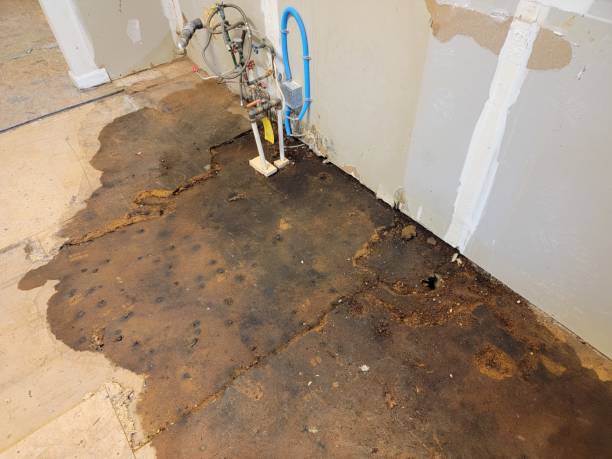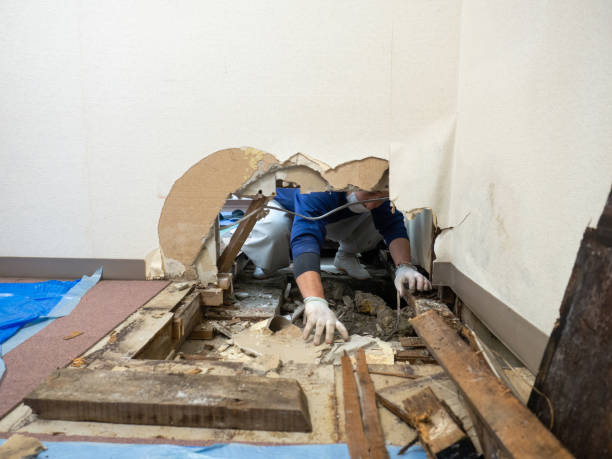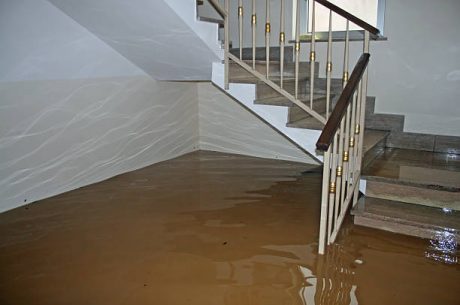If you’ve ever walked into your home and noticed a musty odor or seen suspicious stains on your flooring, you might be needing mold damaged floor repair. Not only does mold compromise the integrity of your flooring, but it can also pose serious health risks and lower your home’s value if not treated properly.
In this guide, we’ll walk you through how to identify mold damage, repair floors safely and effectively, and prevent future issues. Whether your home in Santa Rosa Beach has hardwood, laminate, tile, or carpet, this post is packed with essential info and professional tips you can’t afford to miss.
1. What Causes Mold Damaged Floors?
Before jumping into mold damaged floor repair, it’s important to understand what causes it. Moisture is mold’s best friend. The most common culprits include:
- Flooding and storm damage
- Plumbing leaks
- High indoor humidity
- Poor ventilation
- Spills left unattended
In coastal areas like Santa Rosa Beach, high humidity can make homes more susceptible to mold, especially in less visible areas like underflooring or behind baseboards.
2. Signs You Need Mold Damaged Floor Repair
How can you tell if you need mold damaged floor repair? Here are the key signs:
- Discoloration: Black, green, or white patches.
- Musty Odors: A persistent damp smell.
- Warping or Buckling: Especially in hardwood or laminate.
- Soft Spots: Indicates rotting underneath.
- Visible Mold Growth: Obvious fungal colonies.
If you notice one or more of these issues, it’s crucial to act fast.
3. DIY vs. Professional Mold Damaged Floor Repair
We get it—DIY can seem like a budget-friendly option. But when it comes to mold damaged floor repair, doing it yourself might lead to bigger problems:
- Hidden Mold: Mold can grow underneath floors, making surface-level fixes ineffective.
- Health Risks: Exposure can trigger respiratory problems and allergies.
- Improper Containment: Disturbing mold spores without sealing the area can spread contamination.
Professional mold restoration experts like PuroClean of Santa Rosa Beach use specialized tools like moisture meters, HEPA vacuums, and air scrubbers to remove mold safely and effectively.

4. Step-by-Step Guide to Mold Damaged Floor Repair
Step 1: Assess the Damage
Use a flashlight and moisture detector to inspect the affected area.
Step 2: Contain the Area
Seal off the room with plastic sheeting to prevent mold spores from spreading.
Step 3: Remove Flooring
Carefully remove affected sections of carpet, tile, or wood.
Step 4: Clean & Treat Subfloor
Use an antifungal cleaner and allow the area to dry completely before proceeding.
Step 5: Replace Flooring
Install new flooring only after confirming the moisture levels are back to normal.
Step 6: Prevent Recurrence
Use dehumidifiers, ensure proper ventilation, and fix leaks.
5. Types of Flooring and How Mold Affects Them
Each type of floor requires a unique mold damaged floor repair strategy:
- Hardwood: Prone to warping and rotting. Must be completely removed if waterlogged.
- Laminate: Swells quickly; usually cannot be salvaged.
- Tile: Mold can grow in grout lines and underneath the tiles.
- Carpet: Acts like a sponge—often needs full removal.
6. How Long Does Mold Damaged Floor Repair Take?
Repair time varies based on the extent of damage. Minor cases can take 1-2 days, while larger projects may take up to a week. PuroClean of Santa Rosa Beach offers 24/7 emergency response, speeding up the recovery process.
7. Cost of Mold Damaged Floor Repair
Costs can vary widely. Here’s a general breakdown:
- Inspection: $0–$300 (many pros offer free inspections)
- Minor Repairs: $500–$1,500
- Full Floor Replacement: $2,000–$10,000+
- Professional Mold Remediation: $1,000–$6,000 depending on size and scope
While professional services may seem costly, improper DIY repairs often lead to more expensive fixes down the line.

FAQs: Mold Damaged Floor Repair
Q1: Can I just clean the mold off my floor with bleach?
A: No. Bleach may discolor the mold but doesn’t kill the spores deep in the material. Professional-grade antifungal agents are recommended.
Q2: Is mold damaged floor repair covered by insurance?
A: Sometimes. If the mold was caused by a sudden event like a burst pipe, insurance may cover it. Gradual leaks or poor maintenance may not be covered.
Q3: How do I prevent mold from returning after repairs?
A: Control humidity levels, fix leaks immediately, and ensure rooms are well-ventilated.
Q4: Can I stay in my home during mold damaged floor repair?
A: It depends on the severity. For small repairs, it’s often safe. For larger projects, temporary relocation may be advised.
Q5: What if mold is under concrete flooring?
A: Specialized equipment is used to detect and treat mold beneath concrete, often requiring professional intervention.
Why Choose PuroClean of Santa Rosa Beach for Mold Damaged Floor Repair?
At PuroClean of Santa Rosa Beach, we don’t just remove mold—we restore peace of mind. Our IICRC-certified technicians respond fast, work cleanly, and ensure your home is safe and healthy once again. We offer:
✅ 24/7 emergency response
✅ Free on-site inspection
✅ Advanced moisture detection
✅ Full floor restoration and mold remediation
✅ Local, friendly experts who care about your home
Schedule your free consultation today or call (850) 399-3380 to speak with a local mold damage specialist.




 PuroClean of Santa Rosa Beach
PuroClean of Santa Rosa Beach